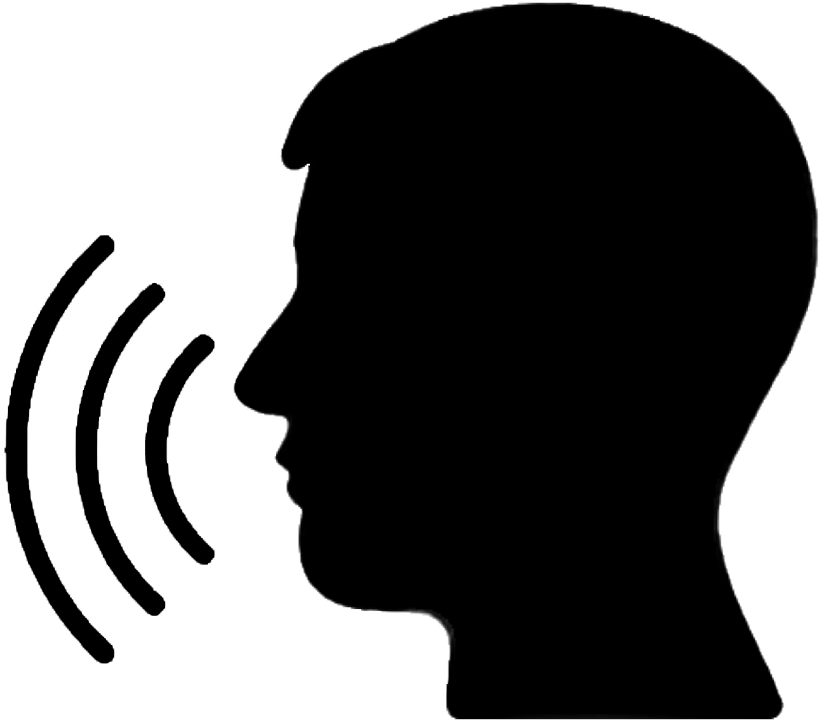 Places To Vist In Kolkata Links
Places To Vist In Kolkata LinksIndian Museum
Indian Museum of Kolkata is the ninth oldest Museum in the world and the oldest one of its kind in the Asia Pacific region. Indian Museum established in 1814 in the Asiatic society Building and was founded by Dr. Nathaniel Wallich, a botanist from Denmark. Indian Museum of Kolkata is the largest and the best Museum in India. In 1875 it was shifted to the new building in Italian Architectural style, designed by Walter B. Grawille.
Opened to the public in 1878 with only two galleries and now over sixty galleries Indian Museum divided into Six major different sections – Art, Anthropology, Archaeology, Geology, Zoology and Industry. This ancient building unfolds the cultural richness of the city. Indian Museum upholds the history of Kolkata and is known to unravel its rich heritage. The Museum gives us an insight about the Social, tumultuous Freedom Movements, political and Soci-Economic History and the domains of Literature, Education, Performing Art, Music, Science and Technology of Kolkata.
Some rare specimen of both Indian and Trans Indian origin relating to Humanities and neutral Science which are preserved and displayed in the galleries. A large collection of old Gold Coins are also displayed in the museum. Some coins are more than 2400 yrs old. The Art collection is particularly depicts Mughal Paintings including Portraits, Book illustrations and varied scenes of court and palace life.
The Town Hall Library ( Kolkata Museum) houses some of the rare books and manuscripts. Various Scholars and Researchers have contributed in the compilation of such an enriching library. Various Educational programmes, Debate sessions, Lectures by eminent persons and Seminars are arranged here from time to time.
This multipurpose Institution with multidisciplinary activities is being included as an Institute of National Importance in the Seventh Schedule of Constitution of India. Indian Museum is an autonomous organization under Ministry of Culture, Government of India. The three storied building is spread over an area of 1200 sq. mt.
Art Museum of the Indian Museum comprises of Miniature Paintaings, textiles, decorative Art Objects from different Asian countries like China, Japan, Nepal, Tibet, Myanmar, Sri Lanka, Thailand, Java, Kampuchea etc.
Anthropological Section displays several items like the Costumes, Ornaments and equipments of material cultures of both Tribal and Non-Tribal people of India. large Dioramas put up through considerable amount of research work. Large number of rare Musical Instruments are also displays in galleries.
Archaeological Section is collection of Stone-age, Artifacts from India and abroad, prehistoric antiquities from Mohenjo-Daro, Harappa ranging from 2500 BC to 1500 BC. Some of the galleries in this section are Bharhut, Egyptian, Coins, Orissan Art and Gandhara etc. Bharhut gallery displays the railings and entrance of the Buddhist Stupa with carvings and sculptures depicting scenes from Buddha`s life excavated from Bharhut in Madhya Pradesh in 1874 by Sir Alexander Cunningham. There is also a vase containing Buddha`s ashes. Due to this, the museum has become a place of pilgrimage. Gandhara gallery holds the best collection of Buddhist Sculptures from Gandhara region and other stone sculptures. The Egyptian gallery has a 4000-year-old `mummy`, sculptures, paintings etc. The coin gallery has a collection of coins from the 5th century B.C, which displays gold coins issued by Kanishka, Samudragupta, Kumaragupta, Akbar and Jahangir.
The extensive Geological Section has over 80,000 specimens, displayed in four galleries showing varieties of meteorites, precious stones, ornamental building stones, rocks and minerals and fossils.
The Zoological section, the largest of its kind in India, is rich with innumerable specimens of insects, fish, reptiles, mammals and birds.
The industrial Section has boasts several thousand botanical specimens bearing upon medicine, forestry, agriculture and cottage-industry.

 Back to Previous Section
Back to Previous Section